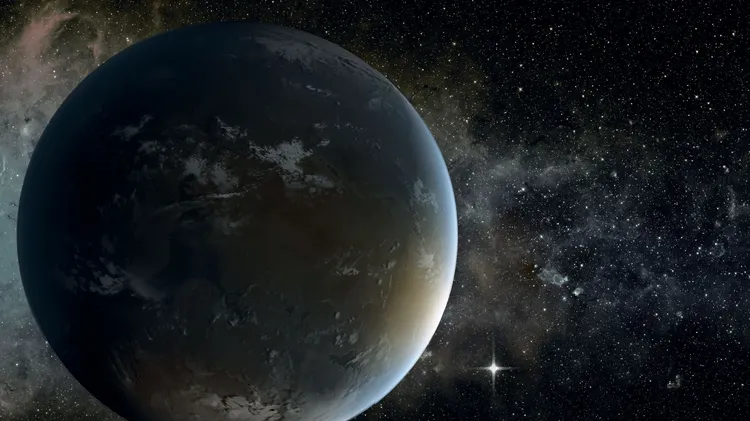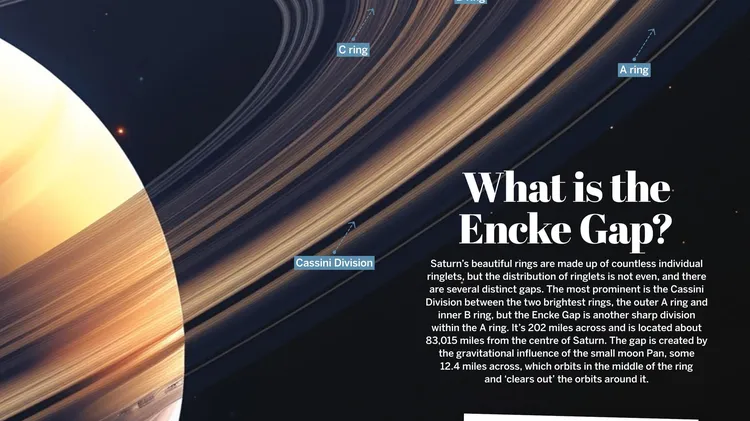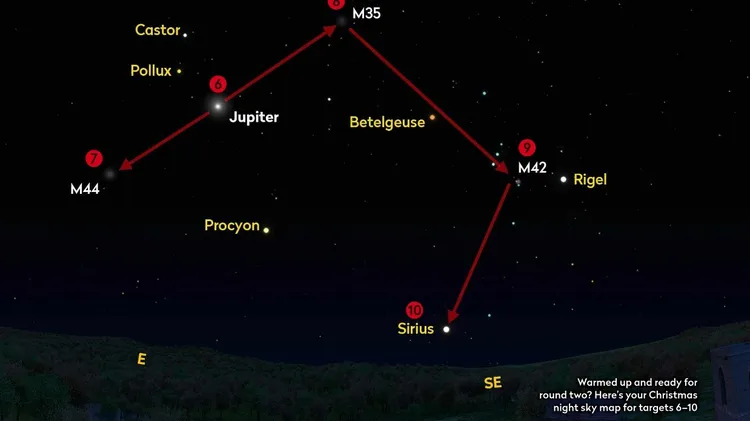Claire Davies from October’s Sky at Night Q&A special answers five q
Inside the sky at night
4 min read
This article is from...
Read this article and 8000+ more magazines and newspapers on Readly






